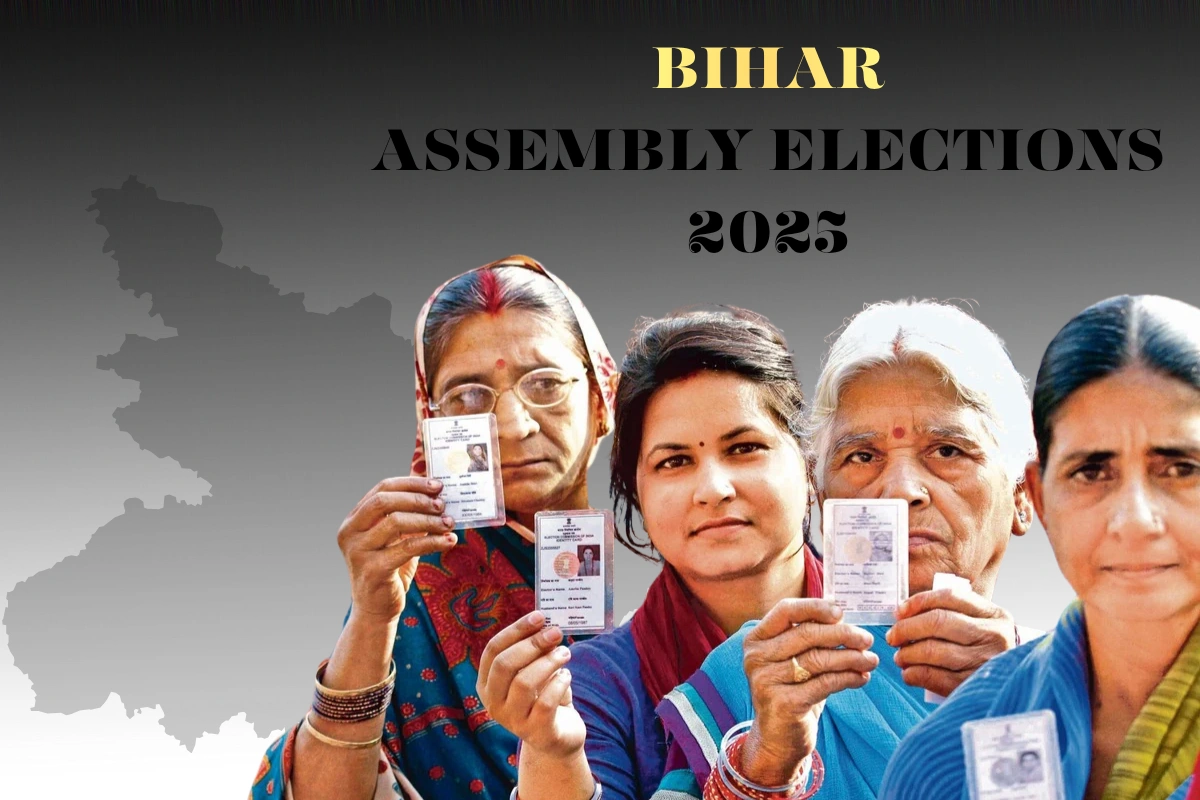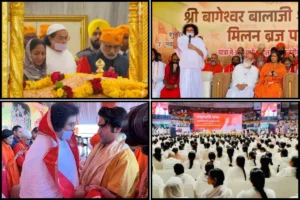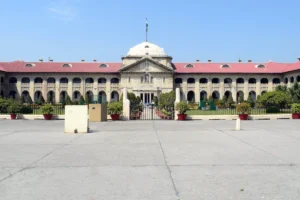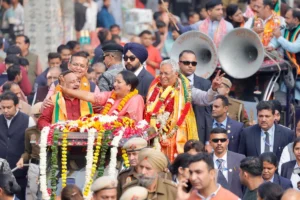
As Bihar moves towards the final stage of its 2025 Assembly Elections, not all of its 243 constituencies carry equal weight.
A handful of crucial seats across the northern and eastern belts have drawn the nation’s attention, emerging as the deciding factors that could shape not only the state’s political balance but also signal trends for national politics.
In Phase Two of polling, focus has shifted towards Seemanchal and Champaran — regions renowned for their political volatility and diverse social composition.
The Seemanchal zone, covering districts such as Araria, Kishanganj, and Supaul, features a blend of caste and religious communities, making it one of the most competitive electoral battlegrounds in Bihar.
The Champaran area, with its historical and political significance, is also witnessing intense contests between senior leaders and party stalwarts.
In this phase alone, 1,302 candidates contested across 122 seats in 22 districts, underscoring the scale of competition.
Ministers, former chief ministers, and party heavyweights are among those in the fray, highlighting how pivotal these constituencies are to both major alliances — the National Democratic Alliance (NDA) and the Mahagathbandhan (MGB).
Why These Seats Matter
The stakes in these constituencies are exceptionally high. A shift in voter sentiment in these regions could decisively alter the statewide result.
For instance, Seemanchal — with its significant minority population and development concerns — has become a focal point for both alliances.
The NDA hopes to expand its influence here, while the MGB seeks to defend what has traditionally been one of its strongholds.
The voter turnout in Phase Two reached a historic 68.76%, a figure that analysts interpret as a sign of high voter engagement and possible change in political mood.
Even a modest swing in these regions could tilt the overall tally, influencing which alliance ultimately forms the government in Patna.
What the Outcome Could Signal
Beyond the immediate arithmetic of seats, the performance in these key constituencies will offer deeper political insights.
Strong results for the ruling NDA would suggest continued support for its governance and welfare policies, while gains for the MGB could indicate that the opposition has managed to breach traditional barriers and reconnect with core voter groups.
Emerging forces, including smaller regional parties and independent candidates, could also fragment the vote, influencing outcomes in unpredictable ways.
Political observers believe that Bihar’s 2025 results could have national repercussions, as the state’s electoral patterns often serve as a bellwether for broader political shifts across India.
With the counting day approaching, these battleground constituencies remain the pulse points to watch — their outcomes likely to determine not only who governs Bihar but also the direction of national politics in the years to come.
Also Read: Bihar Polls Counting Day: 4,372 Tables, 18,000 Agents Deployed; ECI Ensures Smooth Process
To read more such news, download Bharat Express news apps




















